
. > FOCUS > URBANIZATION
Chinese cities seek growth through reform
Author : Ni Pengfei Source : Chinese Social Sciences Today 2018-08-28
Over the 40 years since reform and opening up, urbanization in China has made considerable progress, bearing witnesses to the country’s transition from a traditional big agricultural nation to a modern manufacturing power. China’s once backward rural society is turning into an affluent urban one.
Reform and opening up is what fundamentally underpins the rise of Chinese cities: What came with it are market participant’s impetus for self-development, the market-oriented allocation of resources and macroeconomic regulation by the government. These conditions have helped foster the global division of labor, the aggregation of China’s labor force in a de-agricultural way, and bigger incentives for local governments to improve their business environment. Under the three major factors, China’s urbanization has accelerated its pace of development.
Since the 1980s, a new round of economic integration and division has surged. Facilitated by the information technology revolution and rising labor costs in developed countries, the global industrial division of labor has formed into an industrial chain of division. The multinational companies, for sake of profit maximization, transfer the technology and low value-added processing and manufacturing links to countries and regions with lower costs. At this time, China opened its door to the outside world and began to participate in this process of global labor division.
In the 1980s, coastal cities became the country’s first cities to open up. In the 1990s, cities across the country opened up in a comprehensive pattern. With the accession to the WTO in 2001, the Chinese economy began to be fully integrated into the world economy.
The capital, technology and market brought by the global division of labor, when combined with the surplus labor from rural areas in China, led to the aggregation of labor force in a de-agricultural way—the flow of rural labor towards the industrial sectors and urban areas. Attributed to the peaceful environment and population policy, China’s agricultural population surged after the founding of the People’s Republic of China, and the rural labor force had the potential of being an unlimited supply in the economic sense.
Endowed by traditional Chinese culture, the migrant workers possess the characteristics of being hard-working, perseverant, keen-minded and skillful with their hands. While reforms in rural areas gave rein to plenty of surplus rural labor, the reform of the household registration system offered the laborers the incentive and ability to migrate into cities for business, work and living.
Under the influence of the tax distribution system reform that began to be implemented in 1994, the local governments needed to improve the local business environment so as to attract the entry of multinational enterprises and agricultural surplus labor. Such competition has been conducive to fast city construction and urbanization. First, the tax distribution system reform rendered the local governments with relatively independent incentives and abilities to develop the economy. Second, competition between cities to attract enterprises and production factors, while fostering the cities’ economic growth, guided cities to change from repeated construction to a cooperative path. And last, owing to the urbanization process and industrial development, the values of land and other city resources have appreciated, and the urban population’s income and purchasing power have also increased, which will bring more potential financial support for urban development.
This article was edited and translated from Guangming Daily. Ni Pengfei is a research fellow from the National Academy of Economics Strategy at CASS.
(Edited and translated by Bai Le)
Ye Shengtao made Chinese fairy tales from a wilderness
Ye Shengtao (1894–1988) created the first collection of fairy tales in the history of Chinese children’s literature...
-
How northern ethnicities integrated into Chinese nation
2023-09-18
-
Mogao caves
2023-09-12
-
Mogao Grottoes as ‘a place of pilgrimage’
2023-09-12
-
Time-honored architectural traditions in China
2023-08-29
-
Disentangling the civilizational evolution of China
2023-08-28
-
AI ethics in science fiction
2023-08-23



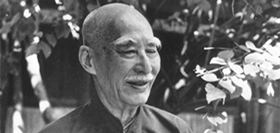
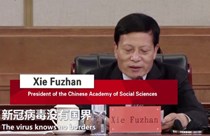
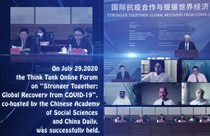
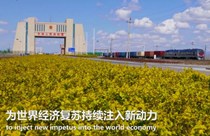



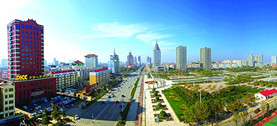


 2011-2013 by www.cssn.cn. All Rights Reserved
2011-2013 by www.cssn.cn. All Rights Reserved